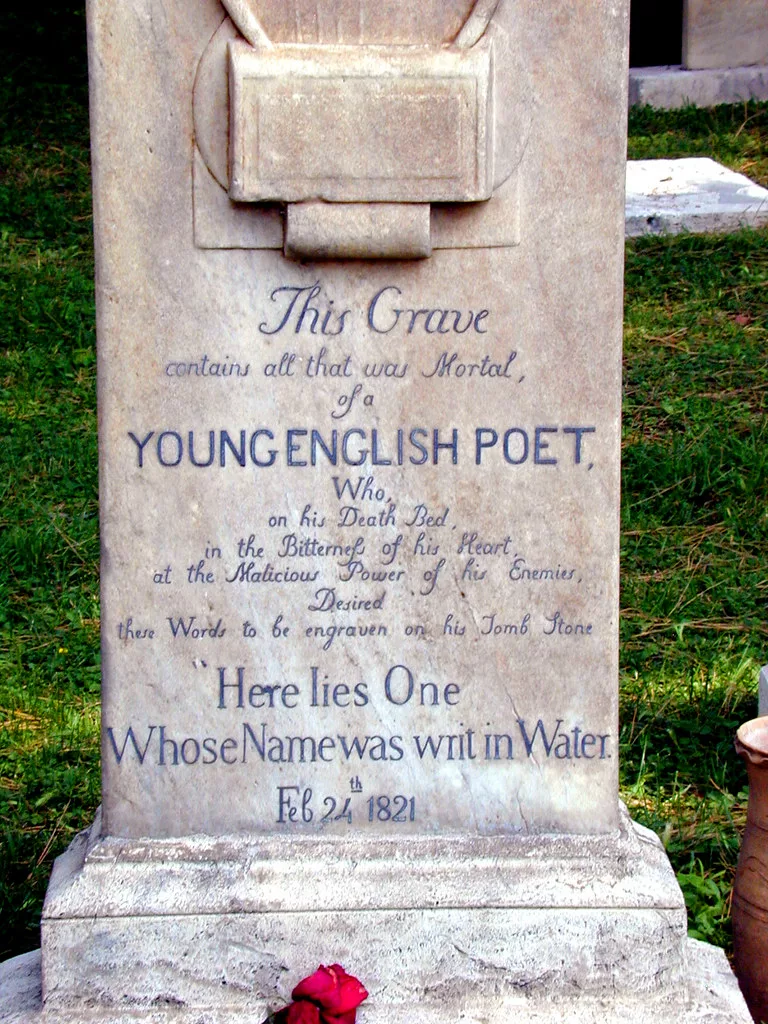In front of the eyes
Images scattered like grains of sand,
crumbled memories,
Still lifes and close-ups,
Unraveled wreckage and doll’s hands,
intact.
From the moon, they look like rocky claws,
Up close, they slip dormant,
like September water
On the ancient rocks, still warm.
…
And then a distant voice,
Buried in the warbles of the current,
A hushed cackle,
The sad samba that harmonizes the void:
A crumbling ensemble
Among majestic fortresses of gloomy sand.
…
And a cameo,
The white hand that caresses me.
The mountains softened,
The overhang to the center of my forehead.
A heat approaches,
Like a Sun in a playground;
And the neon sizzles,
silent,
As the last mosquito breathes out
And the whole world watches motionless,
Between two infinitesimals of instant,
the birth of time
And of the pure,
unchallenged
nostalgia.
…
And then a distant voice,
From the bottom of a glass,
From the realm of fairies,
he greets me,
as I sail by now
towards the Sun
Descended into immortality.
…
You
are
not.
Deposited for legal protection with Patamu: certificate
A brief note on nostalgia in the poetic field
Nostalgia plays a significant role in poetry, often a powerful tool to evoke emotions and connect readers with the past. Poets such as William Wordsworth (1770 – 1850) and John Keats (1795 – 1821) masterfully used nostalgia in their works to create a sense of longing and reminiscence. Wordsworth’s poem “Tintern Abbey” beautifully captures the poet’s nostalgic reflections on the passage of time and the beauty of nature. In his “Ode to the Nightingale,” Keats deepens the themes of transience and the fleeting nature of joy, evoking a bittersweet nostalgia.

Nostalgia in poetry can transport readers to different times and places, allowing them to experience emotions and memories associated with the past. It bridges the poet’s personal experiences and universal human experience, creating a timeless quality to the work. Drawing on nostalgia, poets can evoke a range of emotions in their readers, making their poems resonate deeper.
If you like this poem, you can always donate to support my activity! One coffee is enough!


